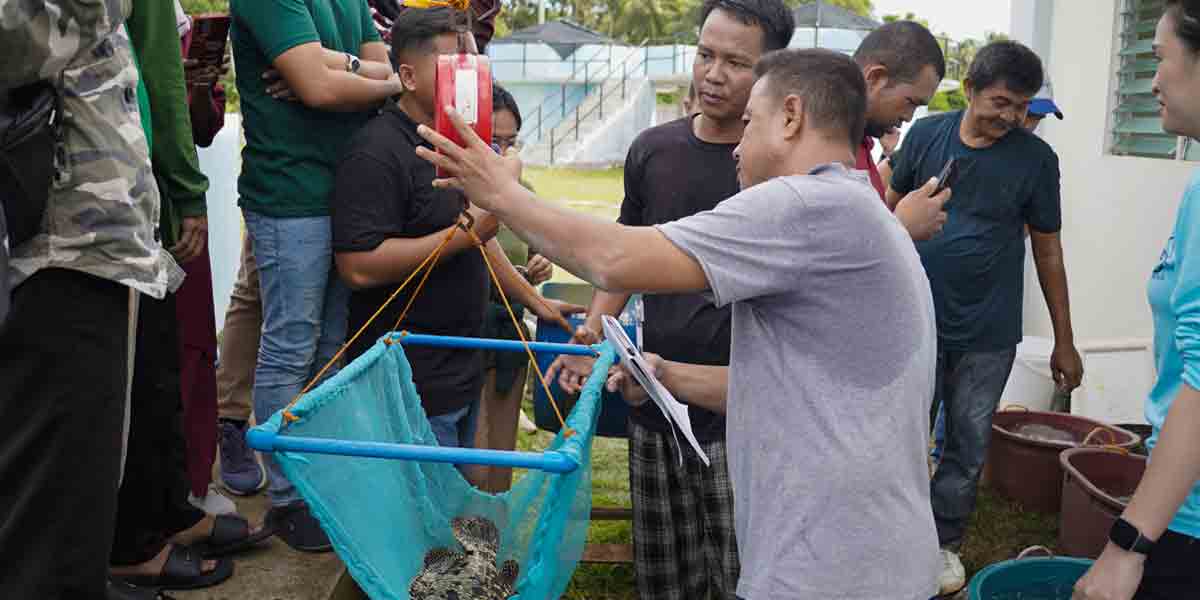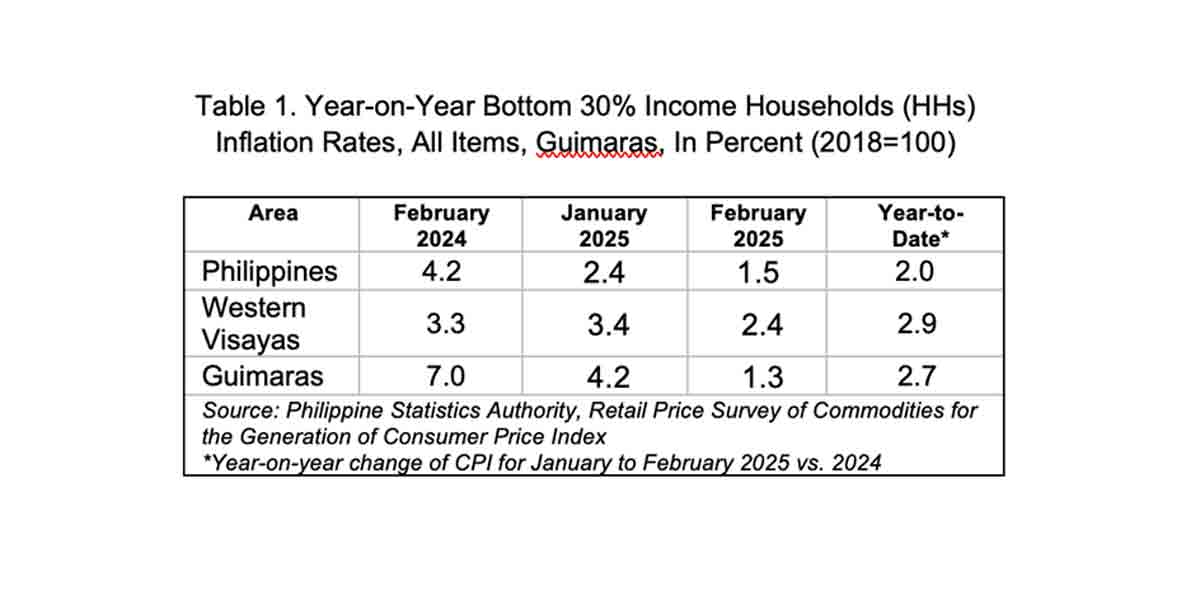By Engr. Carlos V. Cornejo
This is another good book “The 4 Disciplines of Execution: Achieving Your Wildly Important Goals” with a different take on how to accomplish goals especially for leaders and managers authored by three management specialists, Chris McChesney, Sean Covey, and Jim Huling. These guys have surveyed over 200,000 leaders around the world to find out why leaders struggle to execute. The answers varied, but the authors realized all their answers had one thing in common. The main reason leaders and teams routinely fail to execute promising strategies and important team goals is because they spend all their energy dealing with the whirlwind. The whirlwind refers to all the incoming messages you need to respond to, all the important phone calls you need to take, all the problems you need to resolve, and all the meetings you need to prepare for. It’s that day-to-day operation you need to attend to in your business or organization that takes you away from your important corporate goals.
Here’s a quotation from the book about the whirlwind, “The real enemy of execution is your day job! We call it the whirlwind. It’s the massive amount of energy that’s necessary just to keep your operation going on a day‐to‐day basis; and, ironically, it’s also the thing that makes it so hard to execute anything new (goal for the company or team). The whirlwind robs from you the focus required to move your team forward.”
Executing any promising idea or important goal amid a raging whirlwind requires discipline. It requires the discipline to deal with urgent items while remaining focused on what’s important. Here’s the 4 Disciplines of Execution that makes managers accomplish the urgent as well as the important:
Discipline #1: Focus on the WIG
The WIG is your Wildly Important Goal. An example of WIG is to increase your sales by 5 per cent every month. To stay focused on the WIG in spite of the daily whirlwind, we need to do the minimum to maintain the urgent and less important tasks from becoming a catastrophe while expending your remaining energy on the WIG. The book makes an excellent analogy of the WIG using airport traffic. Imagine yourself as an air traffic controller of numerous planes trying to land and take off from an airport. Each pilot of the plane will of course claim that they are the most important plane you have attend to. But the real important one is the plane that is about to land in a few minutes. That plane is your WIG and you should focus on it because disaster could happen if you don’t.
Discipline #2: Measure Lead Behaviors
There are two measurements you can focus on while executing: lead behavior measurements and lag result measurements. Lag result measurements are measurements of the results you want. Lead behavior measurements are measurements of the critical day‐to‐day activities that lead to the results you want. Examples of lag results and lead behavior are:
- More sales calls (lead behavior) lead to more sales (lag result).
- More time spent studying (lead behavior) leads to higher grades (lag result).
Measuring results such as sales or grades can be frustrating because it takes time for your actions to produce measurable results. That’s why they are called lag results.
If you measure a value you can’t immediately improve, your willingness to execute will diminish. However, when you focus on a metric you can influence every day or every week, like a lead behavior, you’ll sustain your level of execution. Seeing daily/weekly signs of improvements will increase engagement and drive the execution of your WIG. This is the same concept I explained in my other article entitled “Love the Process”. The idea is to focus on the process and the result will take care of itself.
Discipline #3: Put up a Scoreboard
Without a scoreboard, you or your team will lose track of your measurements, forget
the score, and lose the will to win. Therefore, you need to create an office scoreboard that includes your WIG (title at the top of the scoreboard), your lag measurements (could be line chart from left to right), and your corresponding lead measurements (could be a bar chart).
Your office scoreboard should be large enough to be noticed every day and simple enough to
know if you’re winning. If you’re improving the lead measurement, and that lead measurement is corresponding to improvements in the lag measurement, then you’re winning.
Discipline #4: Schedule Weekly Accountability Talks
The fourth discipline of execution requires setting up weekly accountability meetings with team members. Holding regular weekly accountability meetings with your people (called WIG sessions) ensures you stay in the game. When you set up reoccurring weekly meetings to discuss your efforts, you strengthen your commitment to execution.
During your WIG sessions (15‐minute weekly accountability meetings), do three things: report on last week’s commitment, review the scoreboard and describe the actions you took to advance your WIG, and commit to a lead behavior improvement or a specific deliverable for this week. If you are a busy manager and can’t hold this weekly meeting, you can assign someone as a team leader and take over the task. The important thing is that the weekly accountability takes place.
















